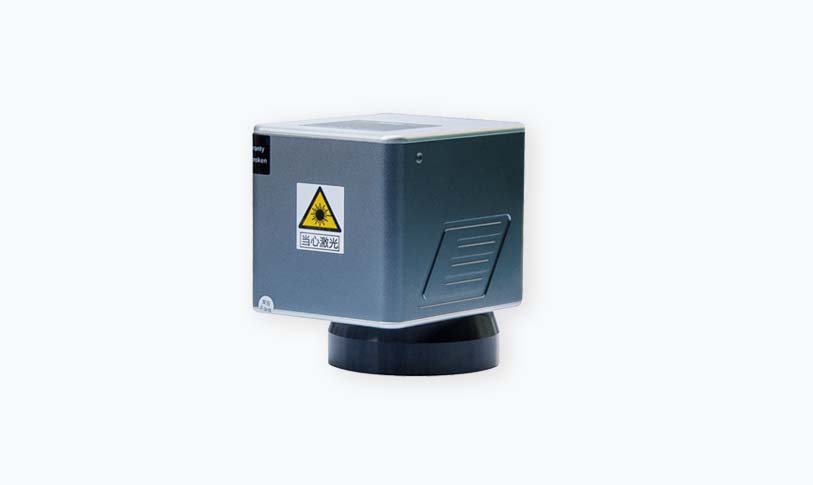****
Pulsed laser power is a cutting-edge technology that has become integral across various fields, revolutionizing industries such as manufacturing, medicine, defense, and scientific research. Unlike continuous wave lasers, which emit a constant stream of light, pulsed lasers deliver energy in short bursts, enhancing precision and effectiveness for a wide range of applications. This article delves into the significance of pulsed laser power, exploring its applications, technological advancements, and potential future developments.
Understanding Pulsed Laser Power
At its core, pulsed laser power refers to the technique of delivering laser energy in pulses, allowing for high peak power outputs while maintaining low average power levels. The time scale of these pulses can range from femtoseconds (10^-15 seconds) to nanoseconds (10^-9 seconds), and the resulting peak power can reach millions of watts. This unique characteristic enables precision applications in various domains, from cutting and welding materials to medical treatments.
Applications of Pulsed Laser Power
1. **Manufacturing and Material Processing**: One of the most well-known applications of pulsed laser power is in the field of manufacturing. Industries utilize pulsed lasers for cutting, drilling, and welding with unmatched precision. The ability to control energy delivery allows for minimal thermal damage to surrounding material, a crucial factor in high-precision tasks like micro-machining.

Exploring the Transformative Effects of Pulsed Laser Power in Modern Technology: Applications, Advancements, and Future Outlook
2. **Medical Treatments**: Pulsed lasers have transformed surgical practices and dermatological treatments. In ophthalmology, for example, Lasik procedures employ pulsed lasers to reshape the cornea with precision, resulting in improved vision. Furthermore, dermatologists utilize pulsed dye lasers to treat vascular lesions, scars, and wrinkles, effectively targeting specific tissues without damaging adjacent areas.
3. **Defense and Security**: In defense applications, pulsed laser systems are utilized for target designation, range finding, and even non-lethal crowd control. Additionally, their ability to deliver high-intensity energy in a short duration allows for effective neutralization of threats, enhancing safety and operational capabilities.
4. **Scientific Research**: Pulsed lasers play a crucial role in research fields like spectroscopy, material science, and quantum computing. In spectroscopy, for instance, pulsed lasers enable researchers to investigate the properties of materials at extremely small scales, leading to breakthroughs in our understanding of atomic and molecular structures.

Exploring the Transformative Effects of Pulsed Laser Power in Modern Technology: Applications, Advancements, and Future Outlook
Technological Advancements

Exploring the Transformative Effects of Pulsed Laser Power in Modern Technology: Applications, Advancements, and Future Outlook
The field of pulsed laser technology has witnessed significant advancements in recent years. Improved laser materials, such as fiber lasers and solid-state lasers, have enhanced efficiency and longevity. These advancements allow for higher pulse repetition rates and increased peak powers, broadening the scope of applications.
Furthermore, the miniaturization of laser systems has made them more accessible for laboratory and industrial use. Compact pulsed laser setups now allow for intricate experiments and processes to be performed with ease, reducing costs and expanding the reach of laser technology.
The integration of artificial intelligence and machine learning has also begun to transform the operation and application of pulsed lasers. Automated monitoring systems can adjust parameters in real time, optimizing performance and output quality. This smart integration improves efficiency, consistency, and safety in laser applications.
The Future of Pulsed Laser Power
Looking ahead, the future of pulsed laser power is poised for continued growth and innovation. As industries demand faster and more precise tools, the development of high-repetition-rate pulsed lasers becomes crucial. Research into new laser materials promises to yield even greater efficiency and durability.
Moreover, the burgeoning fields of nanotechnology and biotechnology could benefit greatly from pulse laser applications. The capability to manipulate materials at nano and micro levels opens new avenues for innovation in drug delivery systems and advanced material formulations.
Lastly, the use of pulsed lasers in combination with other technologies, such as robotics and advanced imaging systems, presents opportunities for creating new solutions to existing challenges in manufacturing and healthcare.
Conclusion
Pulsed laser power stands as a testament to the incredible advancements in laser technology. Its wide-ranging applications, paired with ongoing technological advancements, highlight the significant impact it has made—and will continue to make—in various industries. As the exploration of pulsed lasers progresses, we are likely to witness unprecedented developments that will shape the future of technology, further enhancing precision and efficiency across multiple sectors.galvanometer mirror scanner
